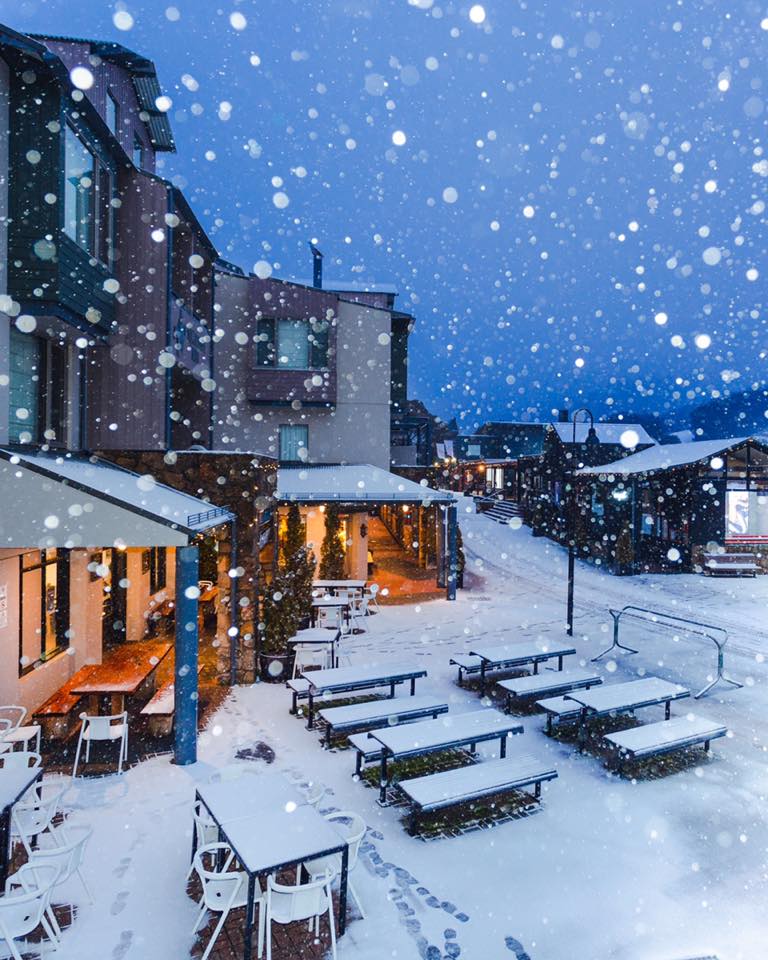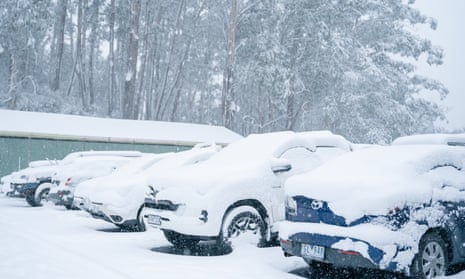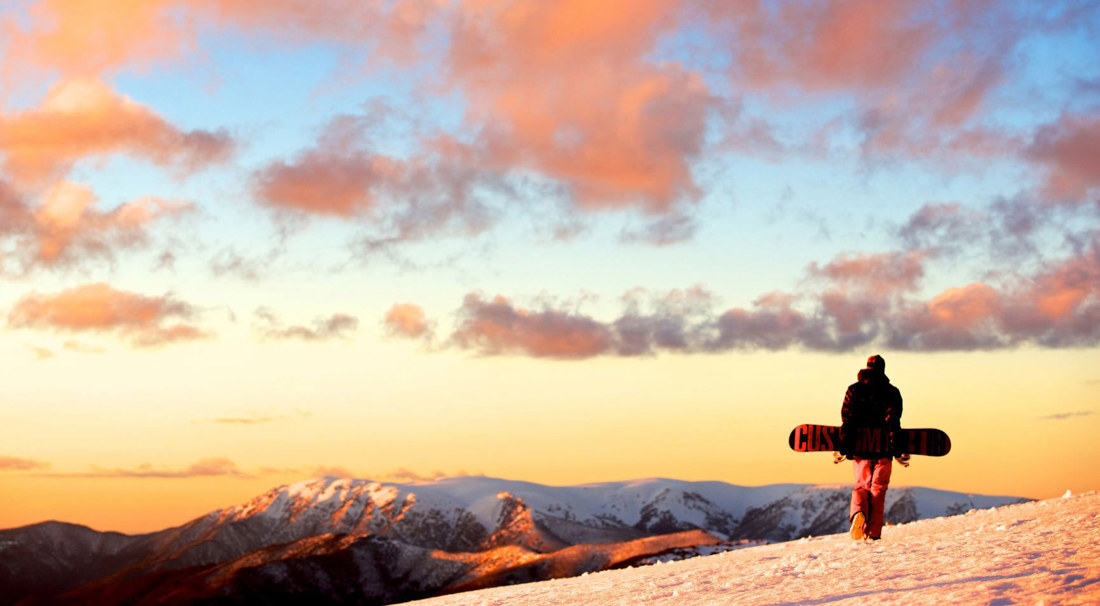Learn Why Snow In Australia is a Bucket-List Experience for Adventure Seekers
Learn Why Snow In Australia is a Bucket-List Experience for Adventure Seekers
Blog Article
Discover the Remarkable Results of Snow in Australia on Neighborhood Ecosystems
Regardless of its online reputation for sun-soaked landscapes, Australia additionally boasts areas buried by snow-- a phenomenon that profoundly affects the nation's distinct communities. The insulating buildings of snowflakes protect plants and animals in the middle of the coldest winter seasons, while the melting snow supports rivers and aquatic life.
The Unforeseen Areas of Snowfall in Australia
The high country regions of New South Wales, Victoria, and Tasmania are particularly recognized for their winter season snow. The Snowy Mountains in NSW, for circumstances, obtain bountiful seasonal snow, using a plain comparison to the nation's normal warm, arid environment. The existence of snow in these areas significantly affects local ecosystems, consequently affecting the country's distinct biodiversity.

Just How Snow Impacts Australia's Unique Flora
While it might appear unusual, snowfall in Australia plays a crucial duty in forming the country's one-of-a-kind vegetation. The snow-filled winters months foster durability in Australian plant types. This is especially evident in the sub-alpine and towering regions, where snow periodontals and mountain plum-pines grow. These plants have actually advanced to make it through in extreme problems, with snow working as a protective blanket from freezing temperatures and extreme winds. The snow additionally adds to the wetness material of the soil, offering needed hydration for plant life during the completely dry summertime. Fundamentally, the snow influences the timing of flowering and seed dispersal, the development prices, and the survival of lots of plant varieties, showcasing the intricate interaction between climate and plants in Australia.

The Adjustments of Australian Animal to Snowfall
Equally as Australia's plants has actually adapted to the wintery problems, the neighborhood animals also, display exceptional adaptations to the snowfall. Species like the Mountain Pygmy-possum, the only Australian marsupial known to hibernate, have developed approaches to make it through in snowy atmospheres. It utilizes the snow as insulation, hibernating in rock holes under the snow to stay cozy. The Snow Skink, a species of reptile, changes its colour to white throughout wintertime, offering camouflage versus predators. Birds such as the Snowy Mountains' Crimson Rosella additionally readjust their diet plans to take in readily available food resources during cooler durations. Thus, in spite of the severe problems, Australian animals demonstrates a durable and flexible nature, ensuring their survival in areas experiencing snowfall.
The Duty of Snow in Forming Regional Ecosystems
Fit the local environments, the role of snow in Australia is both Going Here multilayered and profound. It affects the circulation of plants and animals, greatly specifying the biodiversity of towering and sub-alpine regions. Snow offers a critical water source, feeding rivers and reservoirs as it melts, thus supporting a range of aquatic life forms. Additionally, snow functions as an insulator, safeguarding ground-dwelling organisms from extreme cold. In a similar way, it plays a considerable function in soil formation and nutrient biking. The routine freezing and thawing of soil caused by snowfall cultivates the break down of rocks, improving soil fertility. Consequently, the visibility of snow shapes the greenery patterns, animal habits, and total sustainability of Australia's distinct environments. Does It Snow In Australia.

The Future of Snowfall in Australia: Predictions and Ramifications

Provided the essential role snow plays in forming local ecosystems, the future of snowfall in Australia is attracting boosting attention from ecologists and researchers. Existing environment versions anticipate a substantial decrease in snowfall due to international warming, with potentially extensive influences on local communities. Less snow can result in decreased water from this source schedule in alpine areas, negatively affecting wild animals habitats and plant. Furthermore, it might change the timing of seasonal adjustments, disrupting the life cycles of many native varieties. The tourism industry, greatly dependent on the winter months snow period, might additionally deal with significant challenges. As a result, recognizing these predictions and their ramifications is crucial to create efficient preservation approaches, ensuring the conservation of Australia's distinct biodiversity and the sustainability have a peek at this site of its economic situation.
Final Thought
The role of snow in Australia's environments is crucial yet frequently neglected. Hence, the snow in Australia is much more than a natural phenomenon; it's a crucial player in the nation's ecological story.
Despite its online reputation for sun-soaked landscapes, Australia likewise flaunts regions blanketed by snow-- a sensation that exceptionally influences the country's unique communities. It uses the snow as insulation, hibernating in rock gaps below the snow to stay cozy - Does Australia Get Snow.In shaping the neighborhood communities, the duty of snow in Australia is both profound and multilayered. The presence of snow shapes the vegetation patterns, animal actions, and total sustainability of Australia's one-of-a-kind environments
Offered the essential duty snow plays in shaping local ecosystems, the future of snowfall in Australia is attracting raising focus from scientists and ecologists.
Report this page